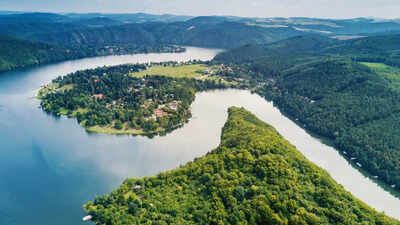Rivers are the lifeblood of our planet, carving landscapes, supporting diverse ecosystems, and sustaining human civilisations for millennia. Flowing through deserts, mountains, forests, and plains, they provide essential water for drinking, agriculture, and industry. Beyond their practical uses, rivers have shaped cultures, trade, and transportation, connecting communities across continents. They nurture forests, wetlands, and wildlife, influencing climate and soil fertility. From the Nile’s historic banks to the Amazon’s vast rainforest, rivers are vital for life on Earth. Understanding their importance highlights the need to protect and manage these natural treasures responsibly.
From Nile to Amur: The longest rivers in the world across continents
| River name | Length (km) | Region |
| Nile River | 6,650 | Africa |
| Amazon River | 6,400 | South America |
| Yangtze River | 6,300 | Asia |
| Mississippi-Missouri River System | 6,275 | North America |
| Yenisei River | 5,539 | Asia |
| Yellow River (Huang He) | 5,464 | Asia |
| Ob-Irtysh River System | 5,410 | Asia |
| Paraná River | 4,880 | South America |
| Congo River | 4,700 | Africa |
| Amur River | 4,444 | Asia |
1. Nile river – 6,650 km (4,132 miles)
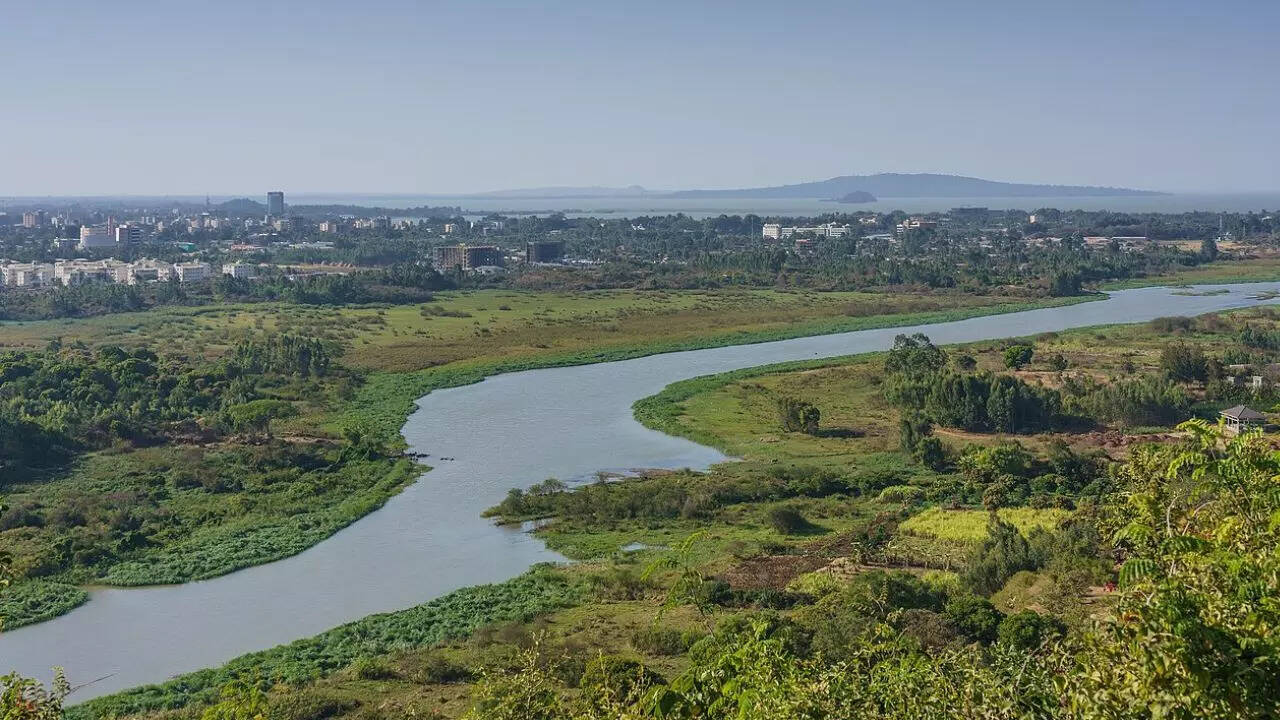
Region: AfricaCountries: Uganda, Ethiopia, Sudan, South Sudan, the Democratic Republic of the Congo, Kenya, Tanzania, Rwanda, Burundi, and EgyptSource: Lake Victoria (White Nile) and Lake Tana (Blue Nile)Mouth: Mediterranean SeaThe Nile River is the longest river in the world, stretching approximately 6,650 kilometres. It flows northward through northeastern Africa, providing water to eleven countries. The river has been a vital source of water and transportation for thousands of years, supporting approximately 40% of Kenya’s population. It is home to various animals, including hippopotami and Nile crocodiles. 2. Amazon river – 6,400 km (3,980 miles)
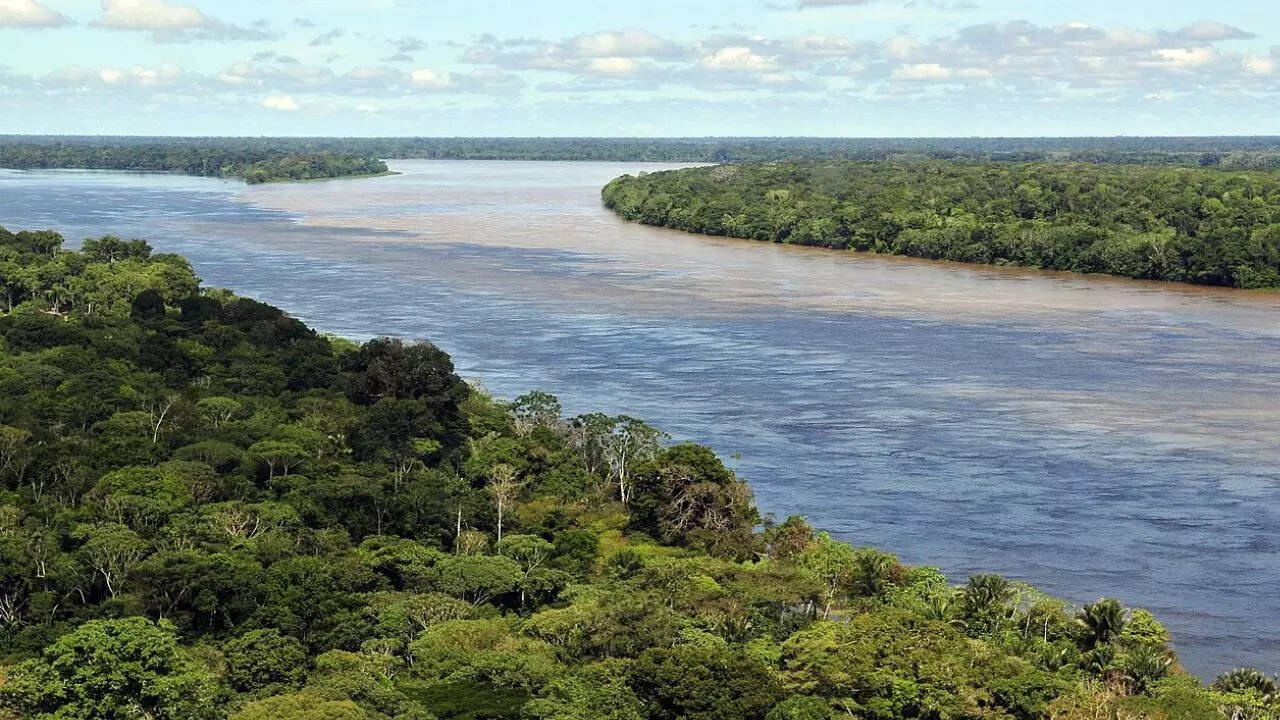
Region: South AmericaCountries: Brazil, Peru, and ColombiaSource: Andes Mountains, PeruMouth: Atlantic OceanThe Amazon River is the largest river in the world by discharge volume, carrying more water than any other river. It flows through the Amazon Rainforest, one of the most biodiverse regions on Earth, home to a vast array of species. The river plays a crucial role in the global water cycle and climate regulation. 3. Yangtze river – 6,300 km (3,917 miles)
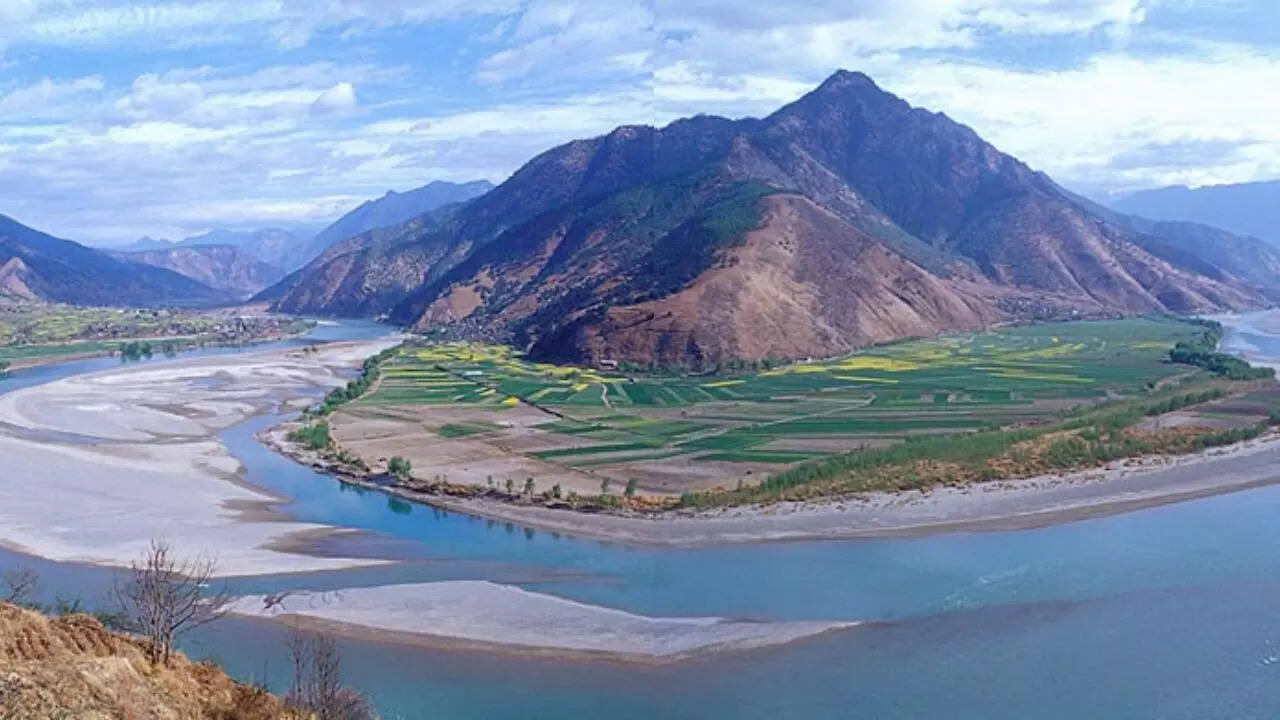
Region: AsiaCountry: ChinaSource: Tibetan PlateauMouth: East China SeaThe Yangtze River is the longest river in Asia and the third-longest in the world. It flows entirely within China, supporting over 400 million people. The river is vital for agriculture, transportation, and hydroelectric power, with the Three Gorges Dam being one of its most significant projects. 4. Mississippi-Missouri river system – 6,275 km (3,902 miles)

Region: North AmericaCountries: United States and CanadaSource: Jefferson River, MontanaMouth: Gulf of MexicoThe Mississippi-Missouri River System is the longest river system in North America. The Missouri River, the longest tributary, flows from the Rocky Mountains and joins the Mississippi River at St. Louis. Together, they drain a vast area, playing a crucial role in commerce and history. 5. Yenisei river – 5,539 km (3,445 miles)
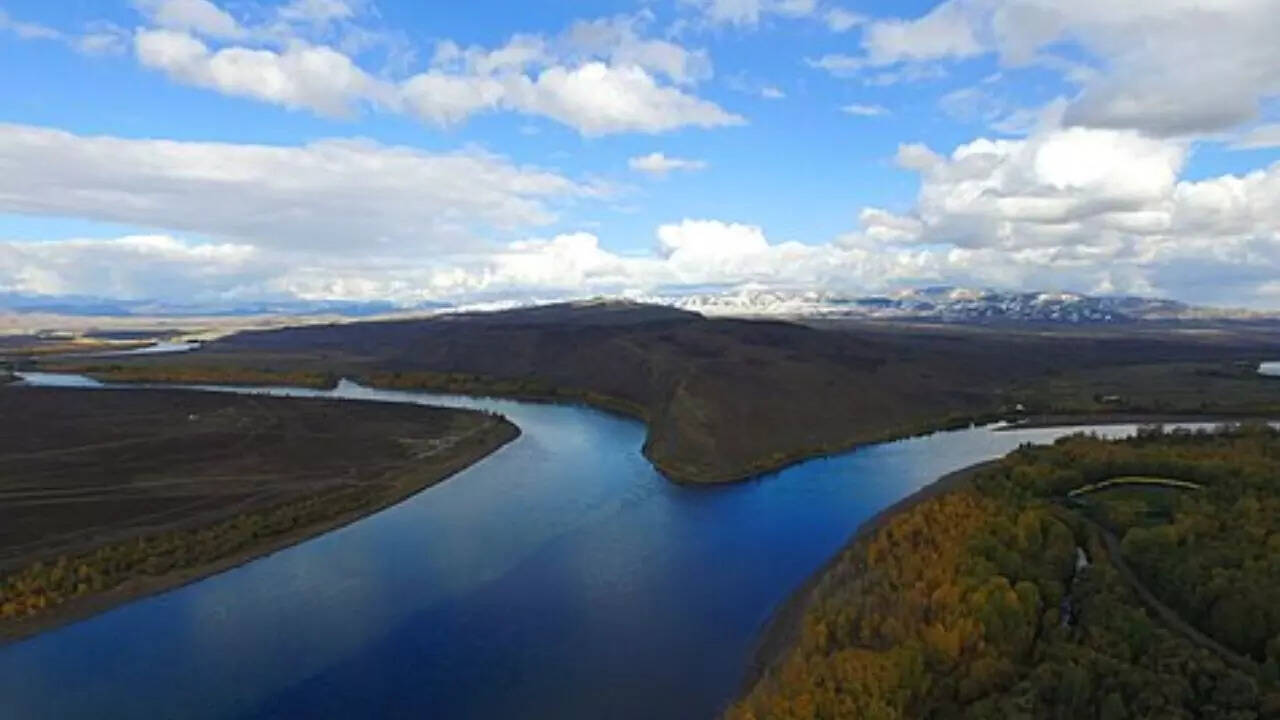
Region: AsiaCountries: Mongolia and RussiaSource: Mongolian Altai MountainsMouth: Arctic OceanThe Yenisei River flows from Mongolia through Russia into the Arctic Ocean. It is one of the largest rivers in the world by volume, draining a vast area and supporting diverse ecosystems. The river is crucial for hydroelectric power generation in the region.6. Yellow river (Huang He) – 5,464 km (3,395 miles)
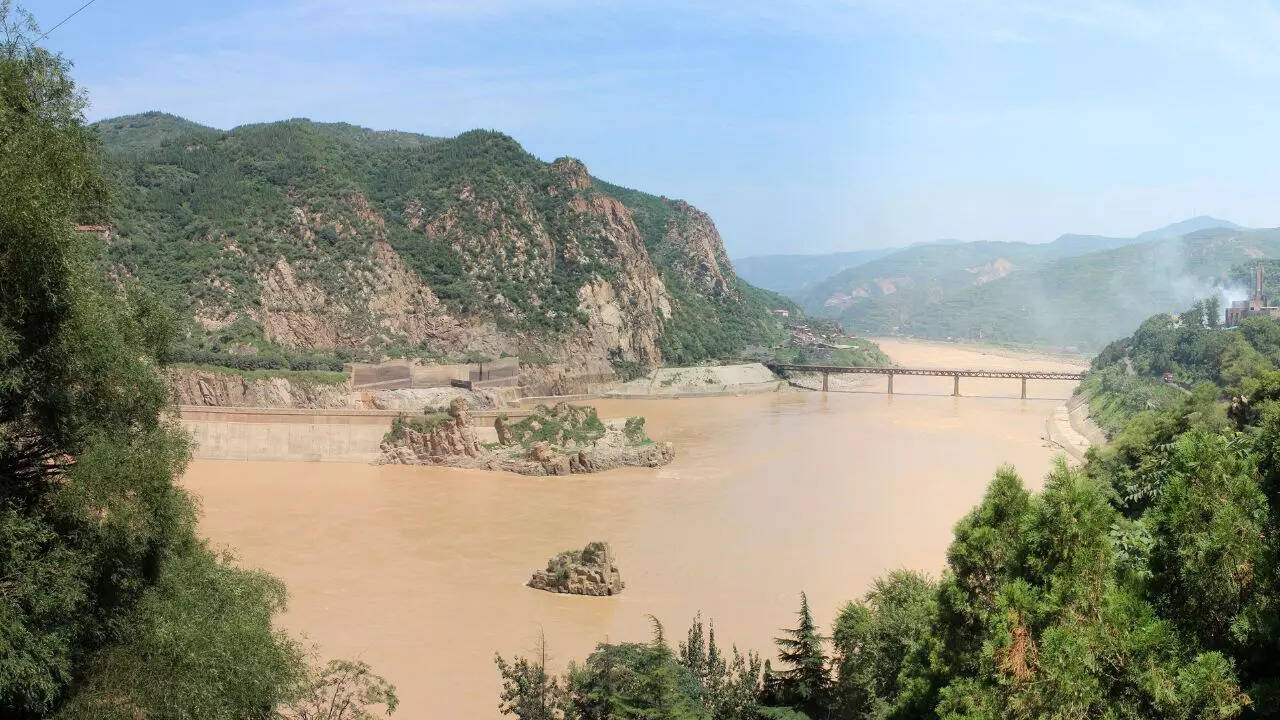
Region: AsiaCountry: ChinaSource: Bayan Har MountainsMouth: Bohai SeaThe Yellow River is the second-longest river in China and is known as the “cradle of Chinese civilization.” It has been central to the development of Chinese society but is also infamous for its devastating floods. 7. Ob-Irtysh river system – 5,410 km (3,364 miles)
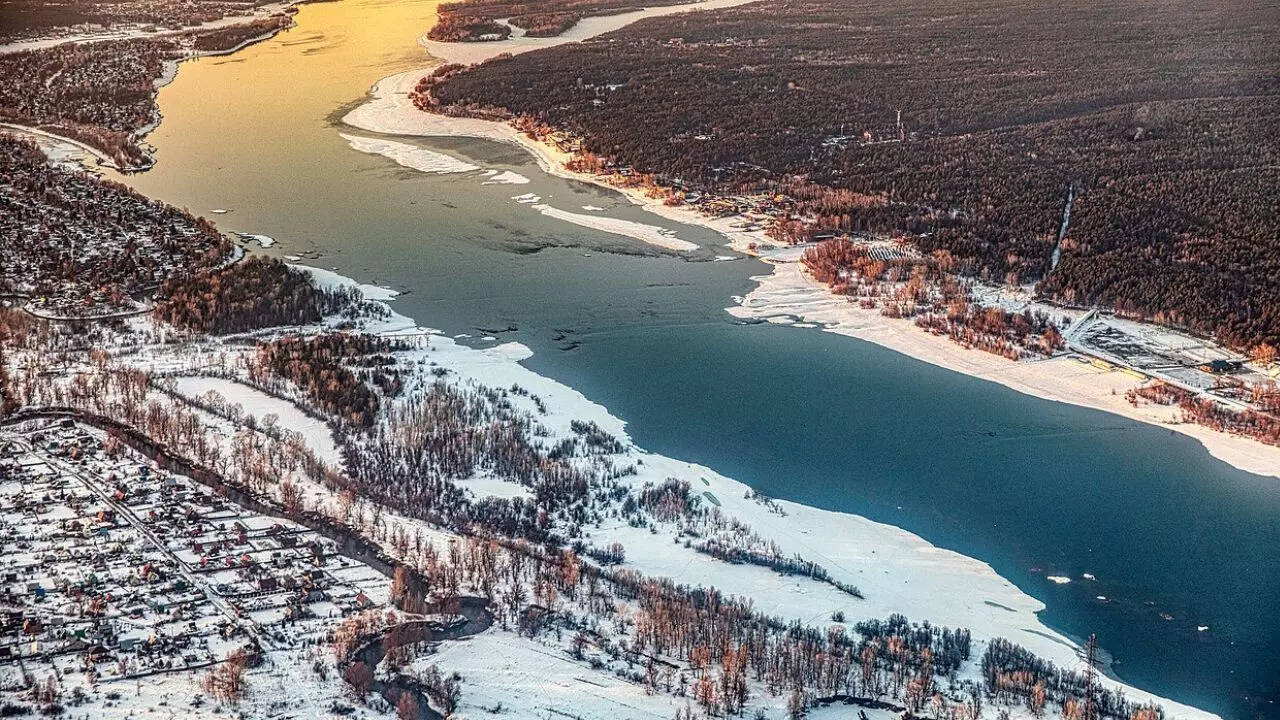
Region: AsiaCountries: Russia, Kazakhstan, and ChinaSource: Altai Mountains, ChinaMouth: Gulf of Ob, Arctic OceanThe Ob and Irtysh rivers form one of the longest river systems in the world. They flow through Russia, Kazakhstan, and China, draining into the Arctic Ocean. The river system is vital for transportation, agriculture, and industry in the region.8. Paraná river – 4,880 km (3,032 miles)

Region: South AmericaCountries: Brazil, Paraguay, and ArgentinaSource: Paraná-Paraíba River, BrazilMouth: Río de la Plata, ArgentinaThe Paraná River is the second-longest river in South America. It flows through Brazil, Paraguay, and Argentina before reaching the Río de la Plata. The river is crucial for agriculture, transportation, and hydroelectric power in the region.9. Congo river – 4,700 km (2,920 miles)

Region: AfricaCountries: Democratic Republic of the Congo and Republic of the CongoSource: Lualaba River, ZambiaMouth: Atlantic OceanThe Congo River is the deepest river in the world, both in terms of maximum and average depth. It flows through Central Africa, providing a major source of hydroelectric power. The river’s basin is rich in biodiversity and is vital for the livelihoods of millions of people. 10. Amur river – 4,444 km (2,763 miles)
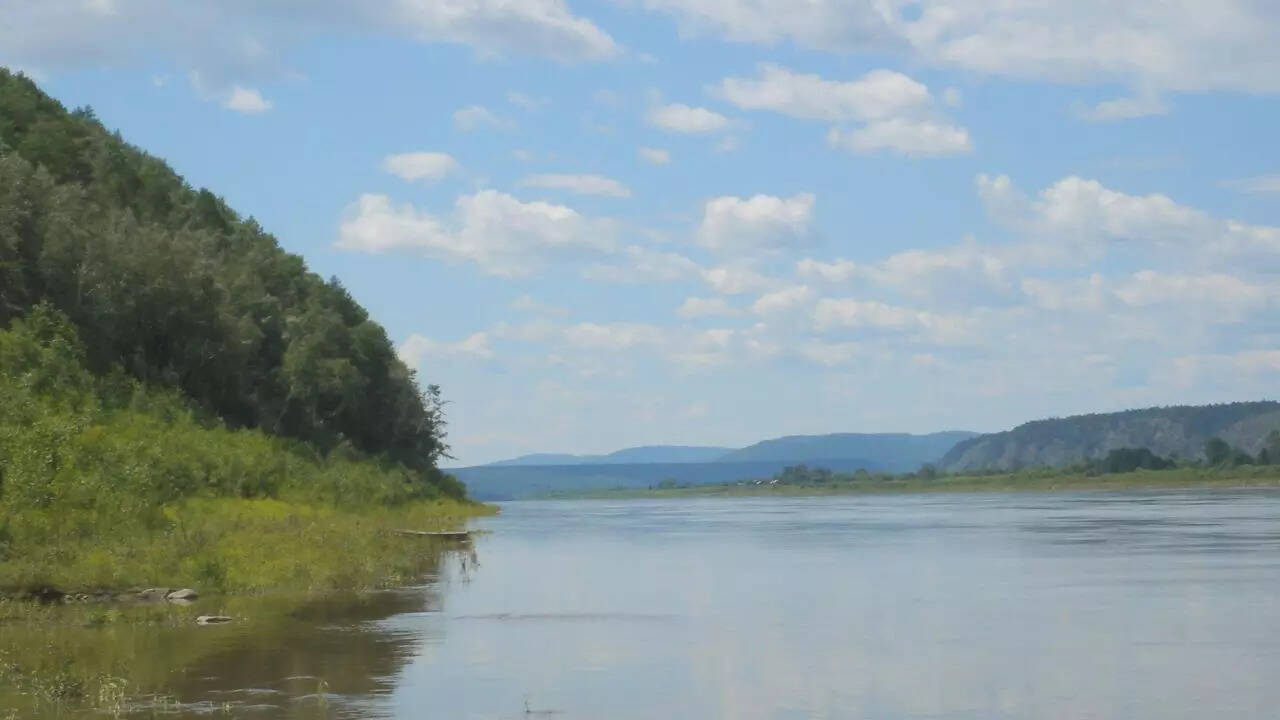
Region: AsiaCountries: Russia and ChinaSource: Onon River, MongoliaMouth: Sea of OkhotskThe Amur River forms the border between Russia and China for much of its course. It is one of the most significant rivers in East Asia, supporting diverse ecosystems and serving as a vital waterway for trade and transportation.Also read | Oldest countries in the world 2025: Nations with rich historical legacies Go to Source


